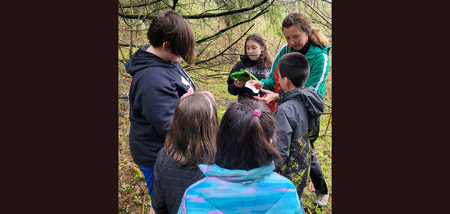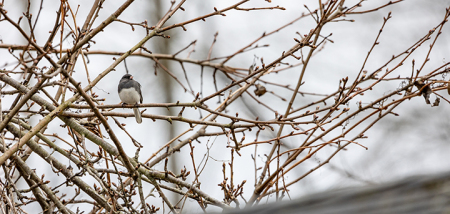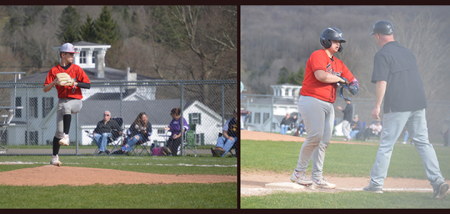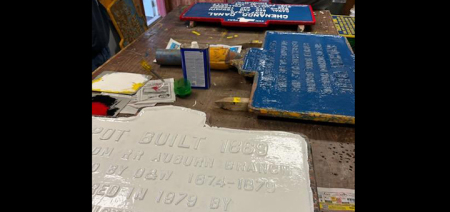Outdoor Chenango: Early Springtime Fishing
Published:
March 22nd, 2023
By:
Eric Davis
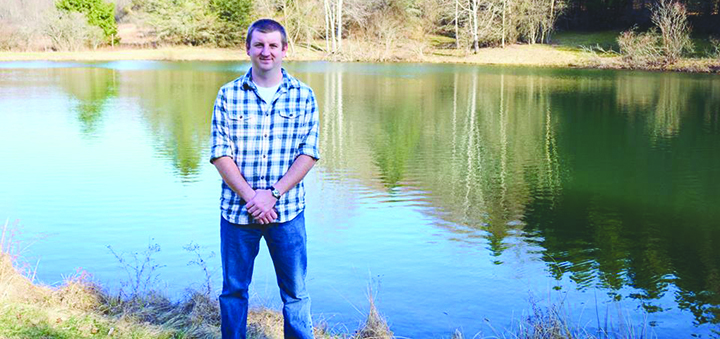
Once the ice is completely gone, fishermen get antsy to get on the lake. Depending on the species of fish that you want to catch, just after ice-out can be extremely productive.
I was once told that the best yellow perch fishing is when there are still “icebergs” floating in the lake. However, this is not a safe time to be using any watercraft. Wait until all the ice is gone before venturing out.
Perch spawn in the spring once the water reaches 50 degrees, so after ice out they begin preparing for the spawn by feeding heavily in areas near where they spawn. Look for rocky bottoms or woodpiles/stumps in 8 to 10 feet deep. These things warm up faster when they get sunlight so fish tend to congregate near these warm spots.
Be prepared to cover water as schools of perch are always on the move. A minnow fished under a slip bobber so the minnow is a couple feet above bottom is the preferred method. Don’t be afraid to try worms or small jigs with curly-tail grubs. Perch tend to school by size so if you catch a few small fish, pick up and leave if you want to catch larger fish.
Like the perch, crappies are spring spawners but they don’t start spawning until the water is slightly warmer (closer to 60 degrees). Crappies tend to hang a little shallower, about 6 feet deep, and they don’t move as much as perch do. Crappies like to hide in cover such as weed beds or brush piles where they can ambush prey.
A small jerk bait or crank-bait retrieved down the edge of a weed bed can trigger big crappies to bite. Other popular techniques include live bait fished under bobbers or using small tube jigs to dissect brush piles. I know many old timers who swear by anything purple for early spring crappies. Sometimes crappies will suspend in open water where there is a pocket of warmer water. So, if you have a thermometer built into your fish finder, keep an eye on it because a small difference in temperature can point you to where the fish are.
Bass can be harder to focus on as live bait is not legal from December 1st through the third Saturday in June (it’s also catch and release only during this time frame).
Start in northern bays of ponds and lakes, due to the southern exposure of the sun, these areas warm up the soonest. Bass will be slightly deep, like 8-10 feet.
With the cool water temperatures, they are not as aggressive as they are during other times of the year. So, use techniques that require some patience such as drop shot rigs, Texas-rigged plastics, or tube jigs. When the waters are still murky from ice out and runoff, use dark color lures such as black or black and blue.
Once the water clears up, use natural colors such as green pumpkin or watermelon. If you don’t have the patience for fishing slow, lipless crankbaits and slim square-bill crankbaits can be productive. The tight wobble of these lures doesn’t produce a ton of vibration, which can turn off sluggish fish from biting. In stained water, use bright colors such as chartreuse or firetiger. Shad or minnow patterns are the way to go when the water clears up.
No matter what you want to catch, early spring fishing can be great if you find the right location.
Author: Eric Davis - More From This Author
Comments
